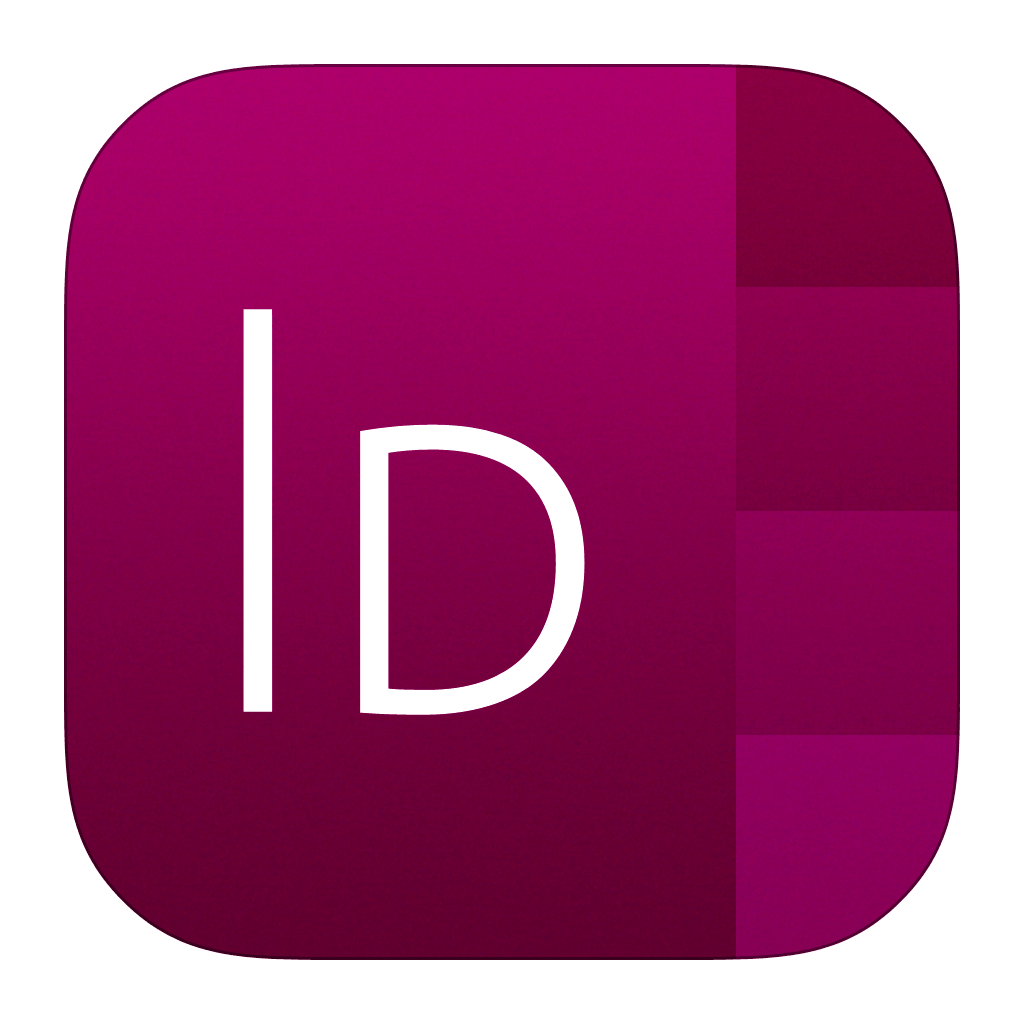

Where to use an EPS: Use as a more flexible ‘native’ file format (see below), for sharing editable vector files with others or across different vector programs. For example, one individual can save a logo or other vector file as an EPS file in Adobe Illustrator, and share this with another individual who can open and edit the file in CorelDRAW. Not usually used on websites because of their large size, EPS files are most commonly used as shareable image files for illustrators and designers. They can also be edited using vector software. Compatible with most vector editing software, like Adobe Illustrator and CorelDRAW, EPS files can be scaled up or down to any size, without compromising on quality. Short for Encapsulated PostScript, EPS files contain vector image content. Where to use a GIF: Low-quality images and animations for websites and apps. GIFs have a limited color range, meaning they are rarely used for photos online, and almost never used in print design. Standing for Graphic Interchange Format, GIFs are compressed image files, but in contrast to JPEGs the compression is lossless, resulting in a larger file size. Having achieved fame as easily shareable animations, GIFs are probably best known for bringing the antics of household cats to the masses on Tumblr and WhatsApp. Where to use a TIFF: Print media and high-quality website images photos for printing or using online. Though usually used for print design due to their large size, TIFFs can be rendered in both CMYK and RGB color. They are uncompressed, resulting in very large file sizes, but as a result are flexible in terms of color, preserve layers and image tags, and are of a very high quality. TIFF image files, which stands for Tagged Image File Format, contain a large amount of image data.
ADOBE INDESIGNTUMBLR DOWNLOAD
UNLIMITED DOWNLOADS: 50 Million+ Fonts & Design Assets DOWNLOAD NOW

PNGs are usually larger files than JPEGs, which is why they are not usually used for saving images that are photos only. Able to preserve the quality of text and lines better than JPEGs, they are also able to preserve transparencies.
ADOBE INDESIGNTUMBLR PORTABLE
PNG images ( standing for Portable Network Graphic) are essential tools for web design. For websites and apps, a 72 dpi resolution will suffice. Top tip: For print design, JPEGs are best used at a minimum of 300 dpi. Where to use a JPEG: Photos on websites and print media. For example, if you want to use an image on a printed magazine cover, you can size the JPEG to the dimensions of the cover, and set the resolution to 300 dpi (see tip, below). JPEGs are raster files, meaning that they lose quality when scaled, and can appear blurry or pixelated if scaled to a larger size than they have been saved to.īecause JPEGs can be saved with particular dimensions and quality (usually measured in DPI, dots per inch), they are useful for when you have an idea of the space the image will need to occupy. JPEGS are compressed image files, resulting in a smaller file size than the original, pre-exported file. The most common and versatile of types of image file, JPEG (or JPG) stands for Joint Photographic Experts Group.
ADOBE INDESIGNTUMBLR HOW TO
Check out how to work with images in InDesign.


 0 kommentar(er)
0 kommentar(er)
